Immagini
Lo splendore di un doppio ammasso stellare

Situato nella Grande Nube di Magellano, questo ammasso stellare fortemente compatto è circondato da una nebulosità filamentosa che si ritiene si sia formata in seguito ad esplosioni di supernova. Si tratta di un giovane oggetto tipo ammasso globulare, denominato NGC 1850. Si compone di un ammasso principale al centro e un ammasso più piccolo e più giovane, visibile sotto e a destra, composto da stelle blu estremamente calde e più deboli stelle rosse T-Tauri. Continua a leggere
Preziosi filati di soffice lana per NGC 3521
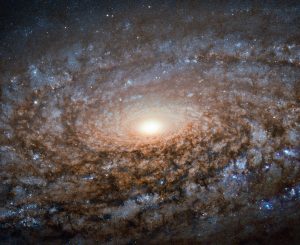
Questa immagine della galassia a spirale NGC 3521 ripresa dal telescopio Hubble rappresenta un membro di una classe di galassie nota come spirali flocculente. Continua a leggere
Saturno e le sue lune

I meravigliosi anelli di Saturno tagliano questa impressionante immagine che riprende le due più interessanti lune del pianeta, Titano ed Encelado. Continua a leggere
Superbolla in technicolor
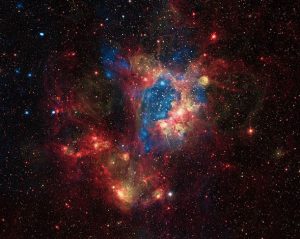
L’ammasso stellare NGC 1929 contiene stelle massicce che producono radiazioni intense, espellono materia ad alta velocità, e sono destinate ad esplodere come supernove. I venti e le onde d’urto scavano nell’ambiente circostante enormi cavità chiamate dagli astronomi superbolle. Continua a leggere
Un cielo ricco di stelle

Situata a circa 22.000 anni anni di distanza nella costellazione della Mosca, questa fitta collezione di stelle, un ammasso globulare, viene denominata NGC 4833. L’immagine del telescopio Hubble ci mostra l’abbagliante gruppo stellare in tutto il suo splendore. Continua a leggere
Il Girino
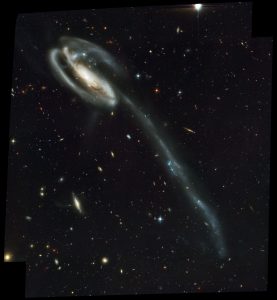
Una galassia in collisione soprannominata Galassia Girino (Tadpole Galaxy) si staglia su un ricco sfondo celeste di 6000 galassie. Continua a leggere
La Rosa dell’Unicorno
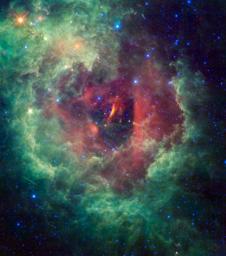
Una splendida immagine ripresa dal Wide-field Infrared Explorer della NASA mostra la Nebulosa Rosetta, nella costellazione dell’Unicorno (Monoceros).
Questa nebulosa a forma di fiore, nota anche con il nome meno romantico di NGC 2237, è un enorme nube di formazione stellare formata da polvere e gas, nella nostra galassia. Le stime della distanza variano da 4.500 a 5.000 anni luce. Continua a leggere
Una galassia ostinata
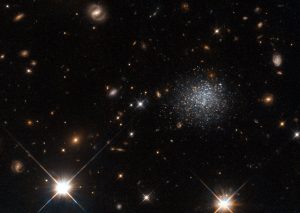
L’insieme di stelle visibili in questa immagine del telescopio Hubble rappresenta un’affascinante galassia nana denominata LEDA 677373, che si trova a circa 14 milioni di anni luce di distanza dalla Terra. Continua a leggere
Spitzer penetra nel cuore del ragno
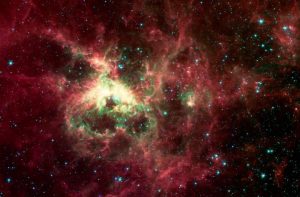
Il telescopio spaziale Spitzer della NASA ha ripreso in dettaglio i filamenti filiformi e le stelle neonate della Nebulosa Tarantola, una poderosa regione di formazione stellare nota anche come 30 Doradus. Continua a leggere
Il cuore splendente dell’Ammasso Globulare di Ercole
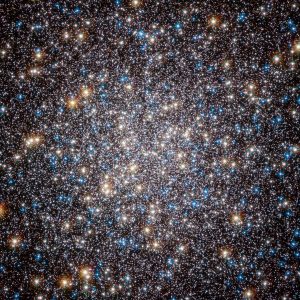
Questa immagine, ripresa dal telescopio Hubble, mostra il nucleo del grande ammasso globulare Messier 13 e fornisce una visione straordinariamente dettagliata delle centinaia di migliaia di stelle dell’ammasso, uno dei più luminosi e più noti in cielo. Continua a leggere